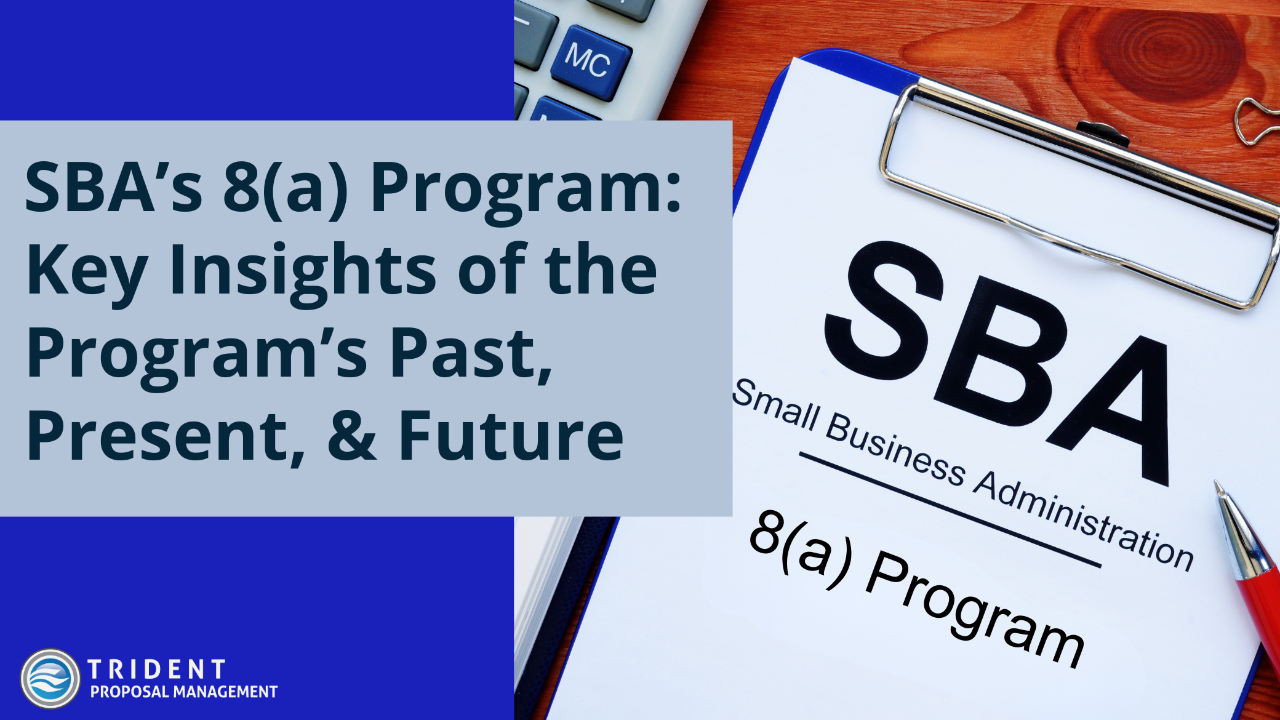6 Easy Ways to Boost Your Proposal Evaluation Score
Aug 04, 2021
Is it more important to be compliant or compelling when responding to a proposal? We get asked this question a lot.
Yes, being 100% compliant and providing the exact information the solicitation requests is the most crucial aspect in submitting an acceptable proposal. Checking your proposal response for each PWS element, Section L (Instructions), and M (Evaluation) criteria, and highlighting these elements (in titles or citations) will ensure evaluators give your proposal a full examination. However, if the information your company submits is similar in content to another company’s proposal, with no distinguishing features or evidence that would give you an edge over the competition, you are settling for mediocrity and jeopardizing your chances of winning!
To rise above the competition, you must go beyond the minimum explanation of how you will do the work. Evaluators must justify scores that are higher (or lower) than Satisfactory, so if you’re aiming for Outstanding or Excellent, you’ll need strengths that clearly show your company is the best suited for the work. With that in mind, here are some proven strategies to boost your competitive message:
1. Cite Relevant Experience
Provide clear examples of similar work that your company has done (or is doing), giving specific names of agencies, contracts, or commercial businesses. In addition to details of the work, you should provide evidence of your success, with metrics that demonstrate your company’s due diligence is saving the client money (provide amounts or estimated percentages), providing efficiencies (in time or resources), or instilling technological advances that will move the client into updated procedures or ensure future success.
2. Be Specific
The more specific you make your metrics, the easier it is for an evaluator to compare you to a competitor, believe your claims, and ultimately, give you credit for clear strengths.
3. Be Relevant
You need to explain how your company’s actions provided a specific benefit to the client in terms of cost, schedule, or performance – and that might include improvements in quality, efficiency, or risk reduction. Remember, it only counts as a strength if it's something the Government cares about or that will deliver a similar result for them!
4. Use Third-Party Validation
Let someone else tell the government how great you are! Every offeror will claim to be the “best” choice, but for even more impact, use supervisor quotes, industry awards, CPAR ratings, or other third-party validation to prove that you are really as great as you say you are.
5. Make it Stand Out
Place your strongest points or best validations in call-out boxes for easy reference – and where they won’t be overlooked! You should aim to highlight several proof points of your valued work on every page – and at a minimum, you should highlight your strengths within each section or subfactor. Using strengths and benefits tables and call-out boxes will give evaluators easy access to your evidence. Place these tables before and call-out boxes adjacent to the sections where you detail your step-by-step approach to doing the work.
6. Ghost the competition
This is all about making your strengths “pop” by contrasting them against known deficiencies of your competition. You don't want to call out the competition by name, but if you have done your research in capture and are aware of problem areas where the incumbent is struggling to meet the client expectations, highlight your company’s success in that specific area. For example, if the competition is struggling to provide quality products and has had to recall or reissue products with extensive patches, note your company’s Quality Control procedures and client satisfaction with your products. Another area many companies struggle is in retaining employees in key positions. Citing your company’s retention rate and highlighting employee satisfaction with explanations of desirable benefits (such as education, workshop attendance, career advancement) may give you an edge over a company that is offering a cut-rate price with known retention issues. Government agencies, in particular, are very concerned when a contractor cannot keep positions staffed, as these gaps may disrupt operations and adversely impact the safety and security of our nation and deployed troops.
Conclusion
Compliance is necessary, but the keys to your proposal’s success are research, evidence, and the ability to balance compliance with compelling evidence. Providing strengths and benefits with clear-cut examples, to include metrics, is a solid way to give evaluators more reasons to grant an Excellent or Outstanding rating – and ultimately a contract award!
Want to make sure your content is compliant or need some help strengthening your competitive message? Contact us today -- we have experts standing by to help no matter where you are at in the proposal cycle!
Have any more proposal questions? Send us a message and we'll answer them in a future post!



